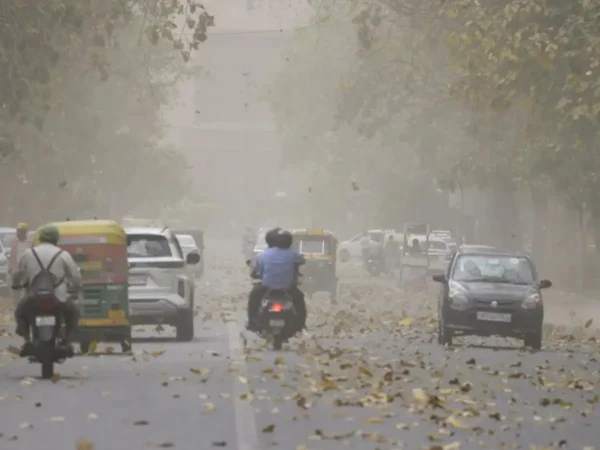India is to see above-average monsoon rains in 2025. This brings big relief for farmers, crops, and the Indian economy. Find out what this means for the country.

Above-Average Monsoon Forecasted in India – A Ray of Hope for Farmers and the Economy
Great news is pouring in—literally! The Indian Meteorological Department (IMD) has predicted an above-average monsoon for 2025. And honestly, this feels like a blessing after the climate ups and downs we’ve seen in recent years.
From small farmers to big businesses, this forecast brings hope, relief, and energy across the country.
What exactly does “above-average” mean?
In simple terms, it means India will get more rain than usual this monsoon season.
The IMD expects rainfall to be 106% of the long-period average. For many, this might just sound like a number. But for millions of farmers, it’s the difference between a good year and a tough one.
Why is the monsoon so important?
Monsoons aren’t just about rain. In India, they are life-givers.
Nearly 60% of Indian agriculture relies solely on the monsoon. No rain means no crops. And when crops fail, prices go up, farmers struggle, and the economy suffers.
With good rainfall:
- Fields get water
- Crops grow better
- Food prices stay stable
- Rural jobs increase
- Farmers feel secure
In short, a healthy monsoon keeps the country running smoothly.
Which regions are to gain the most?
According to the forecast, central and western India are expected to see the highest rainfall. This includes:
- Madhya Pradesh
- Maharashtra
- Gujarat
- Odisha
These regions are often hit hard by droughts. This forecast brings a huge sigh of relief for local communities. It also offers reassurance to state governments.
What about the farmers?
For Indian farmers, the monsoon is more than just a weather event. It decides their income, loan repayments, and even school fees for their children.
This year, thanks to the strong forecast, farmers are expected to:
- Plant early
- Expand crop area
- Reduce losses
- Earn better prices
And after years of uncertainty, many are calling this forecast “a gift from nature.”
What crops will benefit?
Here are the big winners if the rains arrive on time:
- Rice – India’s main food grain
- Sugarcane – Grown in states like UP and Maharashtra
- Cotton – Very dependent on monsoon timing
- Pulses and Oilseeds – Important for household diets and exports
A bumper harvest will also help keep inflation in check, which means lower food bills for everyone.
What does this mean for the economy?
The monsoon isn’t just for the farms. It impacts the whole economy.
A good monsoon means:
- More agriculture output
- Less import of food items
- More rural demand for goods
- Better GDP growth
And when farmers are happy, the whole country feels more positive.
Monsoon and Clean Energy – A Linked Future
Interestingly, better monsoons also help in the clean energy transition. More water means more hydropower generation, which supports India’s shift away from fossil fuels.
You can read more about this in our blog: A New Chapter in India’s Clean Energy Journey. It shows how monsoon patterns and green energy goals are deeply connected.
Final thoughts – Hope is in the air (and the clouds)
The world is worried about climate change, droughts, and food shortages. In this time, this monsoon forecast brings a much-needed dose of good news.
Let’s stay hopeful. If the rains arrive as predicted, 2025 will be a turning point for Indian agriculture.
Bonus Read: Curious about global weather patterns and how countries are responding? Visit www.america112.com for international climate and policy updates.

